Inflammation is the immune system’s response to a stimulus. It is responsible for many chronic diseases and is caused by pathogens (bad cells) such as viruses, bacteria, fungi, and injury. There are two types of inflammation.
Acute inflammation starts rapidly and becomes severe quickly, such as in the case of injury. Chronic inflammation is long term and has likely been building up for months or years. This type of inflammation is responsible for serious health conditions such as cancer and autoimmune disorders.
Diet and lifestyle play a major role in the presence of inflammation. Making healthy choices can significantly reduce existing inflammation as well as prevent further occurrence. The following is a list of the eight best ways to prevent inflammation.
1) Address Your Sugar Addiction
Sugar consumption has been linked to a weakened immune system. Refined dietary sugars result in an overgrowth of bad bacteria, such as C. difficile and C. perfringens, by increasing bile output (Brown et al, 2012).
Eating a diet high in fruits and vegetables alters gut bacteria as the high amounts of fiber result in an increased short chain fatty acid production, which decreases pH level in the intestines. This prevents the growth of bad bacteria in the digestive tract, where 70 percent of the immune system lives.
2) Remove inflammatory oils and fats.
Higher intakes of partially hydrogenated vegetable oils are associated with elevated concentrations of inflammation, whereas higher intakes of non-hydrogenated oils are associated with lower plasma concentrations of these biomarkers.
To reduce inflammation, eliminate highly processed oils that are rich in trans-fats, such as partially hydrogenated soybean, corn, canola and other vegetable oils. Replace them with cold pressed oils, such as coconut, avocado and olive oils.
3) Add in stress-relieving exercise.
A study out of the University of Cambridge in Britain found that a lack of exercise causes twice as many deaths as obesity, making exercise more important than once thought.
Exercise doesn’t have to be strenuous to be effective. Researchers found that brisk walking for 20 minutes per day can help reduce the risk of premature death by 30 percent.
Furthermore, stress and anxiety can have a negative effect on the gut. When left untreated, stress and anxiety suppresses the immune system and increases your chance for developing chronic inflammation.
4) Consider cutting gluten and dairy.
Gluten and dairy are two irritants that may be causing inflammation regardless of an individual’s tolerance level to them. Both foods are highly acidic, which affects pH levels in the blood and creates an acidic environment in the body where inflammation can thrive.
In place of milk and cereal for breakfast, try a smoothie made with almond or coconut milk, a cup of blueberries and a cup of spinach.
Bake your own energy bars with coconut flour in place of a store bought bar for an afternoon snack. At breakfast and dinner, skip on the bread and experiment with more vegetables.
5) Remove processed foods.
Eating a diet rich in processed foods is a major contributor to inflammation. Processed foods produce an inflammatory microbiota in the upper gastrointestinal tract.
For example, sweetened fruit juices contain high levels of fructose, and levels are significantly greater than those found in whole, fresh fruits.
The best way to eliminate processed foods from your diet is to replace them with whole foods, such as fruits and vegetables. A good rule of thumb is to avoid anything canned, boxed or packaged.
6) Increase sleep.
According to Tom et al, 2009, an estimated 43 percent of women in the United Kingdom have experienced trouble sleeping. Sleep is the way your body repairs itself.
Long term effects of sleep deprivation have been associated with an increased risk of hypertension, diabetes, obesity, depression, heart attack, and stroke (Colten et al, 2006).
To increase sleep, make an effort to go to bed sooner. Turn off electronics and consider practicing relaxation or breathing techniques to help you fall asleep quicker.
7) “Eat” your vitamins.
Although taking a daily multivitamin certainly isn’t a bad idea, some nutrients are better absorbed when they come from food.
For example, synthetic and food-derived vitamin C is chemically identical. However, fruit and vegetables are rich in numerous micronutrients (vitamins and minerals), dietary fiber, and phytochemicals (e.g., bioflavonoids), and the presence of some of these may affect the bioavailability of vitamin C (Carr et al, 2013).
To reduce inflammation, eat real fruits and vegetables and utilize supplements as a back-up plan.
8) Love your bacteria.
Probiotics are living microorganisms that promote healthy bacteria in the gut. Ingesting probiotics can affect the composition of the resident gut microbiota. They may also have more direct effects on the immune system and the permeability of the mucosa. Low grade inflammation may cause lipopolysaccharides (a strain of bacteria) to leak out into the body. Probiotics may improve the gut-barrier membrane and prevent bad bacteria from leaking in to the GI channel.
Certain medications, such as antibiotics and NSAID’s, kill good gut bacteria, causing abdominal pain and diarrhea. Probiotics help restore good bacteria to the gut. Probiotics can be taken in the form of a daily supplement. They are also naturally occurring in fermented foods and by eating foods rich in fructooligosaccharides you will be helping to feed and continue growing the ones you already have inside your gut.
References
Brown, K., Decoffe, D., Molcan, E., & Gibson, D. (2012). Diet-Induced Dysbiosis of the Intestinal Microbiota and the Effects on Immunity and Disease. Nutrients, 1095-1119.
Carr, A., & Vissers, M. (2013). Synthetic or Food-Derived Vitamin C—Are They Equally Bioavailable? Nutrients, 4284-4304.
Colten, H., & Altevogt, B. (2006). Cover of Sleep Disorders and Sleep Deprivation Sleep Disorders and Sleep Deprivation. National Academy of Sciences.
Tom, S., Kuh, D., Guralnik, J., & Mishra, G. (2009). Patterns in trouble sleeping among women at mid-life: Results from a British prospective cohort study. Journal of Epidemiology & Community Health, 974-979.
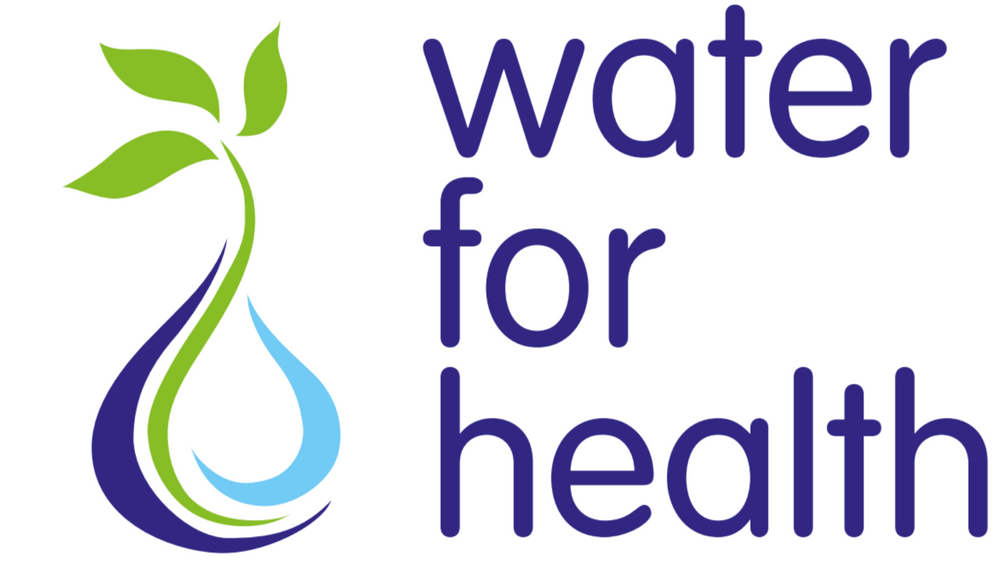







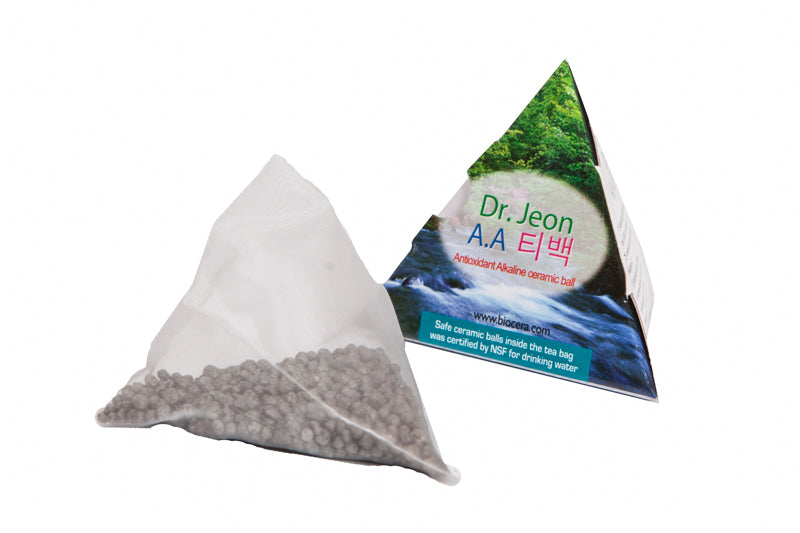



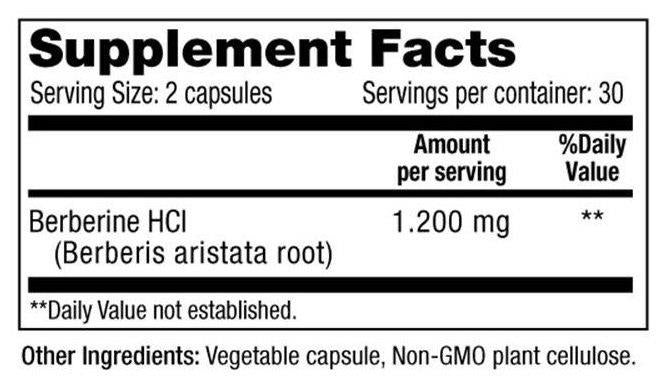

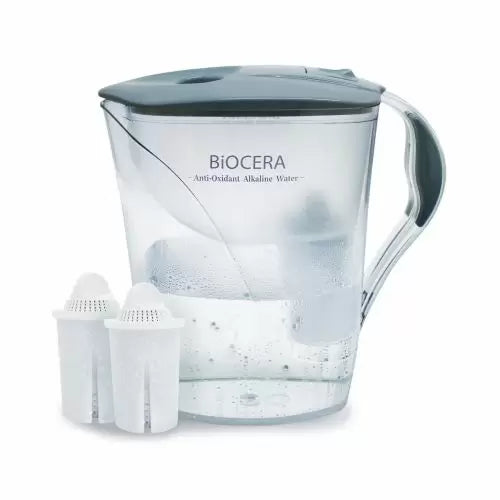


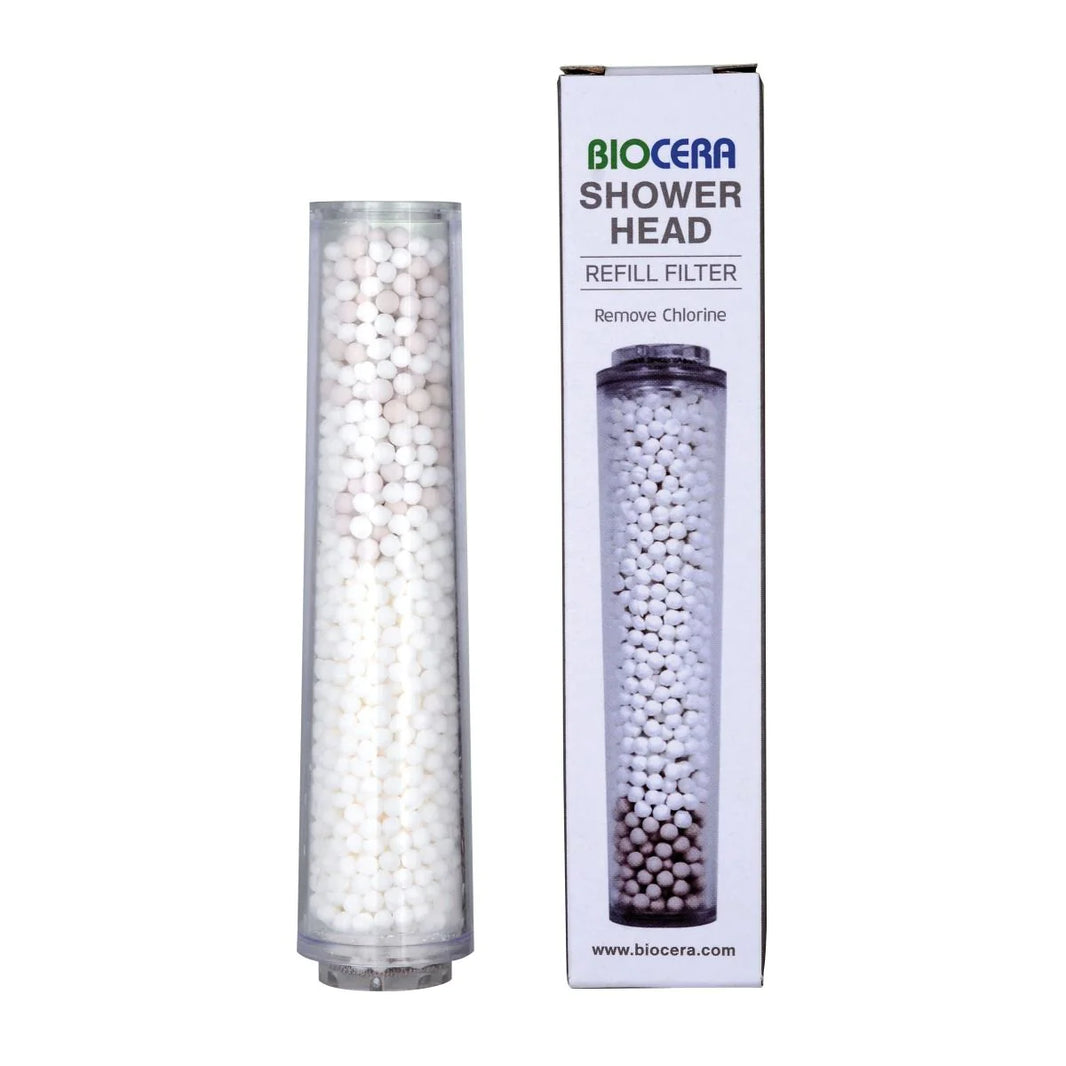









Leave a comment